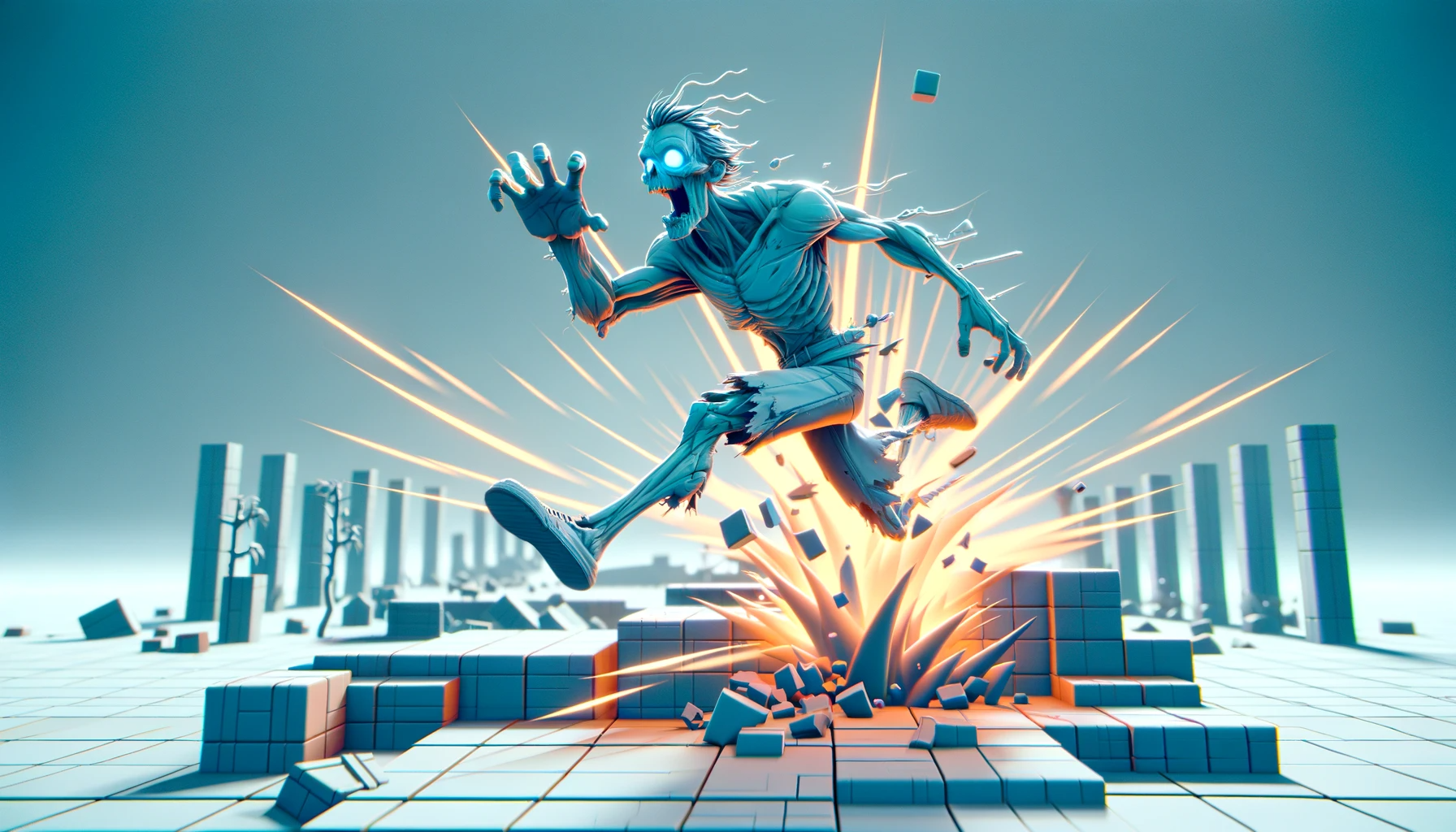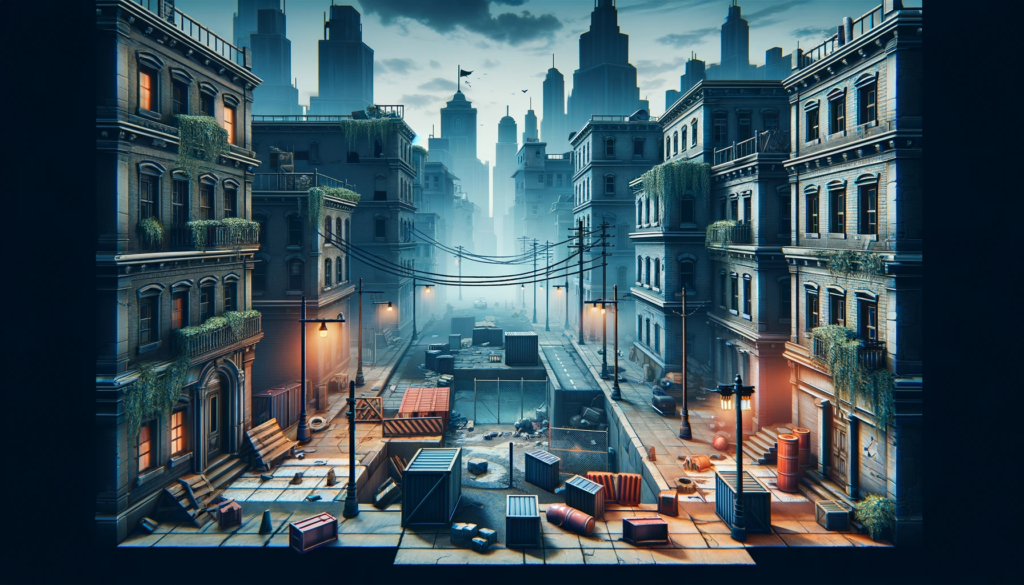Building Unity 3D Platformer | Case study
Welcome to our development diary, where we unravel the journey of creating our latest 3D platformer zombie game.
As fellow game developers and indie enthusiasts, we understand the thrill and challenges that come with game development.

Conceptualization for 3D Platformer | Breathing Life into Zombies
Our adventure began with a simple concept: a world overrun by zombies, but not just any zombies. These were agile, cunning, and part of a platformer universe that challenged the norms.

- Unique Twist: We wanted to move away from the typical horror vibe and introduce elements of humor and quirkiness.
- Target Gameplay Experience: Focusing on a balance between fun and challenge, our goal was to keep players engaged and entertained.
Unity at the Heart of Platformer 3D Development
Unity was our chosen chariot for this journey. Why?
Its versatility and robust community support make it a haven for indie developers like us.
Physics and Mechanics: Making Zombies Jump
- Unity’s Physics Engine: Utilizing Unity’s built-in physics, we crafted a world where zombies don’t just shamble; they jump, dodge, and even use tools!
- Custom Character Controllers: To give each zombie its unique flair, we developed custom controllers, enhancing the standard Unity package.

Graphics and Visuals: A World Worth Exploring
- Shader Magic: Unity’s shader capabilities allowed us to create a distinct visual style, blending cartoonish charm with a touch of eeriness.
- Lighting and Atmosphere: Strategic use of Unity’s lighting tools helped set the perfect mood for each level, from creepy graveyards to abandoned cities.
Overcoming Development Hurdles
No game development process is without its trials and tribulations.
Here’s a peek into some of our challenges and how we tackled them.
Balancing Gameplay
- Difficulty Curve: Finding the sweet spot between too easy and frustratingly hard was a dance of tweaking, testing, and more tweaking.
- Player Feedback: Early beta testing and community engagement were crucial in understanding player expectations and experiences.

Performance Optimization
- Unity’s Profiler: A lifesaver! It helped us identify and fix performance bottlenecks, ensuring smooth gameplay across devices.
- Asset Management: Efficient use of assets and careful scene construction minimized load times and optimized memory usage.
Unity-Specific Features: Our Secret Sauce
Unity isn’t just a game engine; it’s a treasure trove of features that can elevate a game from good to great.
- Cinemachine for Dynamic Camera Movements: This tool was instrumental in creating cinematic, responsive camera movements, adding depth to the gameplay.
- Timeline for Choreographed Sequences: Using Unity’s Timeline, we choreographed complex sequences, like boss fights and special events, with ease.
Platformer Level Design: Crafting a Zombie Playground
When it comes to level design, our mantra was creativity and surprise. Each level in our game is not just a series of platforms but a story in itself, set in a post-apocalyptic world with a whimsical twist.
The Art of Layout
Our team spent countless hours sketching and modeling to ensure that each level was not only aesthetically pleasing but also provided a unique gameplay experience.
We leveraged Unity’s Terrain Editor to sculpt intricate landscapes, from zombie-infested forests to dilapidated urban sprawls, each with its own set of challenges and hidden paths.

Interactive Environments
We wanted our players to feel like they were part of the world. Using Unity’s powerful physics engine, we introduced interactive elements: crumbling buildings, trap-laden paths, and dynamically changing environments that respond to player actions.
This interactivity was not just a visual treat but also a strategic element in gameplay.
Character Design: More Than Just Your Average Zombie
Character design was an area where we let our imaginations run wild.
Each zombie in the game has its personality, reflected not just in appearance but also in their behavior and abilities.
From Sketch to Screen
Our design process began with sketches, transforming traditional zombie tropes into something fresh and entertaining.
We used Unity’s Animator to bring these sketches to life, creating a range of animations that conveyed personality and humor.

A Horde of Personalities
Our zombies aren’t just mindless enemies; they are characters in their own right.
From the slow-moving, goofy ones to the quick, cunning types, each zombie presents a different challenge to the player, making gameplay varied and unpredictable.
The Future is Bright
Our game development studio sees this game not just as a product but as a stepping stone. The lessons learned, the challenges overcome, and the skills acquired lay the foundation for our future projects.
Unity, with its versatility and supportive community, will undoubtedly be a part of this ongoing journey.